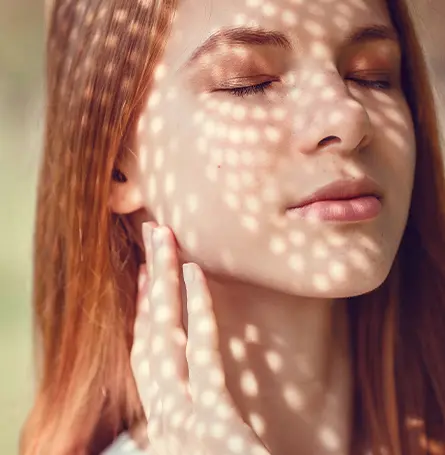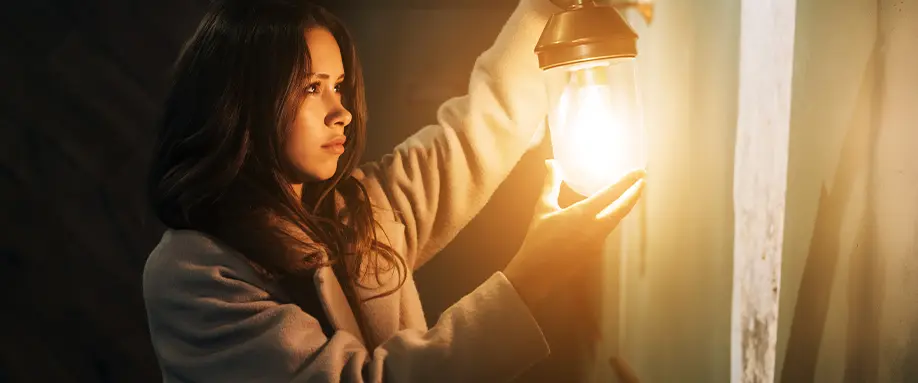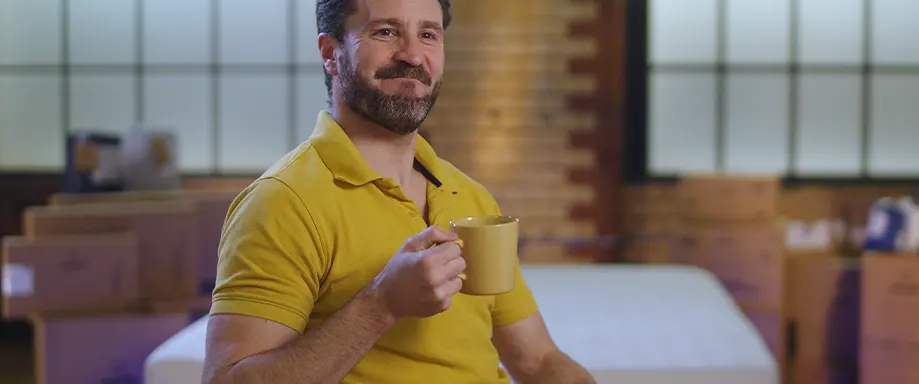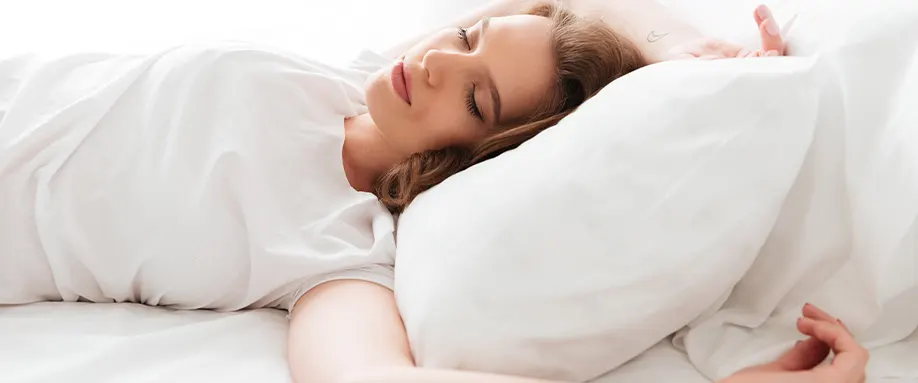What is seasonal affective disorder

Seasonal Affective Disorder (SAD) is a type of depression that typically occurs at a specific time of year, most commonly during the fall and winter months when daylight hours are shorter.
Individuals experiencing SAD often find themselves feeling sad, fatigued, and lacking interest in activities they once enjoyed. The condition is thought to be closely linked to disruptions in the circadian rhythm, the body's internal clock that regulates sleep-wake cycles and other essential functions.
People with SAD may exhibit symptoms similar to major depression, such as changes in appetite, difficulty concentrating, and a general sense of hopelessness.
Fortunately, there are various strategies to treat SAD and improve emotional well-being.
Light therapy, involving exposure to a bright light that mimics natural sunlight, is a common and effective approach for reducing symptoms. This method helps regulate the circadian rhythm and alleviate feelings of sadness associated with seasonal changes.
Additionally, psychotherapy, medication, and lifestyle adjustments, such as regular exercise and a well-balanced diet, can also contribute to managing SAD and enhancing overall emotional well-being.
What is light therapy

Light therapy, also known as bright light therapy or phototherapy, is a therapeutic approach designed to address various conditions, with one of its primary applications being, just as previously said, the treatment of Seasonal Affective Disorder (SAD).
The central premise of light therapy involves exposure to a bright light source, typically emitted by a light box. This specialised device simulates natural sunlight and is designed to combat the effects of reduced daylight during specific seasons.
The therapeutic mechanism behind light therapy is rooted in its ability to influence the body's circadian rhythm, the internal clock that regulates the sleep-wake cycle and other physiological processes. By exposing individuals to bright light, particularly in the morning, light therapy helps reset the circadian rhythm and alleviate symptoms associated with feeling sad or fatigued. The light therapy box emits a controlled intensity of light that is several times brighter than indoor lighting, yet significantly less intense than direct sunlight, ensuring safety and efficacy in its application.
As a non-invasive and well-tolerated intervention, light therapy has become a widely accepted and beneficial treatment option for those seeking relief from conditions impacted by disruptions in the natural light-dark cycle.
How to effectively use your SAD lamp
To effectively use your SAD lamp and maximise its benefits for mental health, consider the following tips:
- Morning Exposure: Use your light therapy lamps first thing in the morning to align with your natural circadian rhythm. This can help regulate your sleep-wake cycle and boost your mood for the day.
- Duration of Exposure: Aim for a recommended duration of light exposure, typically around 20-30 minutes, depending on the specific guidelines provided by your light therapy lamp.
- Light Intensity: Ensure that your SAD lamp has a sufficient light intensity, measured in lux. A common recommendation is a light intensity of 10,000 lux.
- Safe UV Light Levels: Most SAD lamps filter out harmful UV light, making them safe for regular use. However, always check the product specifications to ensure it meets safety standards.
- Consistent Schedule: Establish a consistent schedule for using your SAD lamp. Regular and predictable exposure, especially during the dark months, can help maintain the positive effects on your mood and overall mental well-being.
- Avoid Evening Use: While using the SAD lamp first thing in the morning is beneficial, late or even early evening light exposure is not as it may interfere with your natural sleep patterns.
By incorporating these guidelines into your routine, you can harness the full potential of your SAD lamp and promote a more balanced and positive mental state, especially during seasons with reduced natural light.
Side effects
While light boxes used for SAD light therapy are generally considered safe and effective, it's important to be aware of potential side effects, especially when not used according to the manufacturer's instructions. Some individuals may experience mild side effects, including:
- Eye Strain: Prolonged exposure to the bright light emitted by light boxes may cause eye strain or discomfort. It's crucial to follow the recommended distance and duration specified by the manufacturer to minimize this risk.
- Headache: In some cases, individuals may experience headaches, particularly if the light intensity is too high or if they use the light box for an extended period. Adhering to the recommended guidelines can help prevent this side effect.
- Disruption of Sleep Patterns: Incorrect timing of light therapy, such as using the light box too late in the day, can disrupt sleep patterns. To avoid this, it's essential to use the light box in the morning and follow a consistent schedule.
It's crucial to note that these side effects are often mild and temporary, and many people find light treatment to be a highly effective treatment for SAD. However, if you experience persistent or severe side effects, it's advisable to consult with a healthcare professional.
Additionally, individuals with certain pre-existing eye conditions, such as retinal diseases, should seek medical advice before starting light therapy for SAD. As with any medical intervention, adherence to guidelines and communication with healthcare providers are key to ensuring the safe and effective use of light boxes in treating Seasonal Affective Disorder.
Conclusion
Sad Lamps offer a beacon of hope for those grappling with the effects of Seasonal Affective Disorder in the UK. By understanding what Sad Lamps are, how they work, and when to use them, you can harness the power of light therapy to brighten your days. Follow the simple steps outlined above to seamlessly integrate this effective solution into your daily routine and experience the uplifting benefits it brings.















There are no comments yet
"*" indicates required fields